The Colosseum: Rome's Arena of "Panis et Spectacula"
Towering over the heart of Rome, the Colosseum stands as a monumental proof to the ambition, engineering mastery, and brutal spectacles of the Roman Empire.
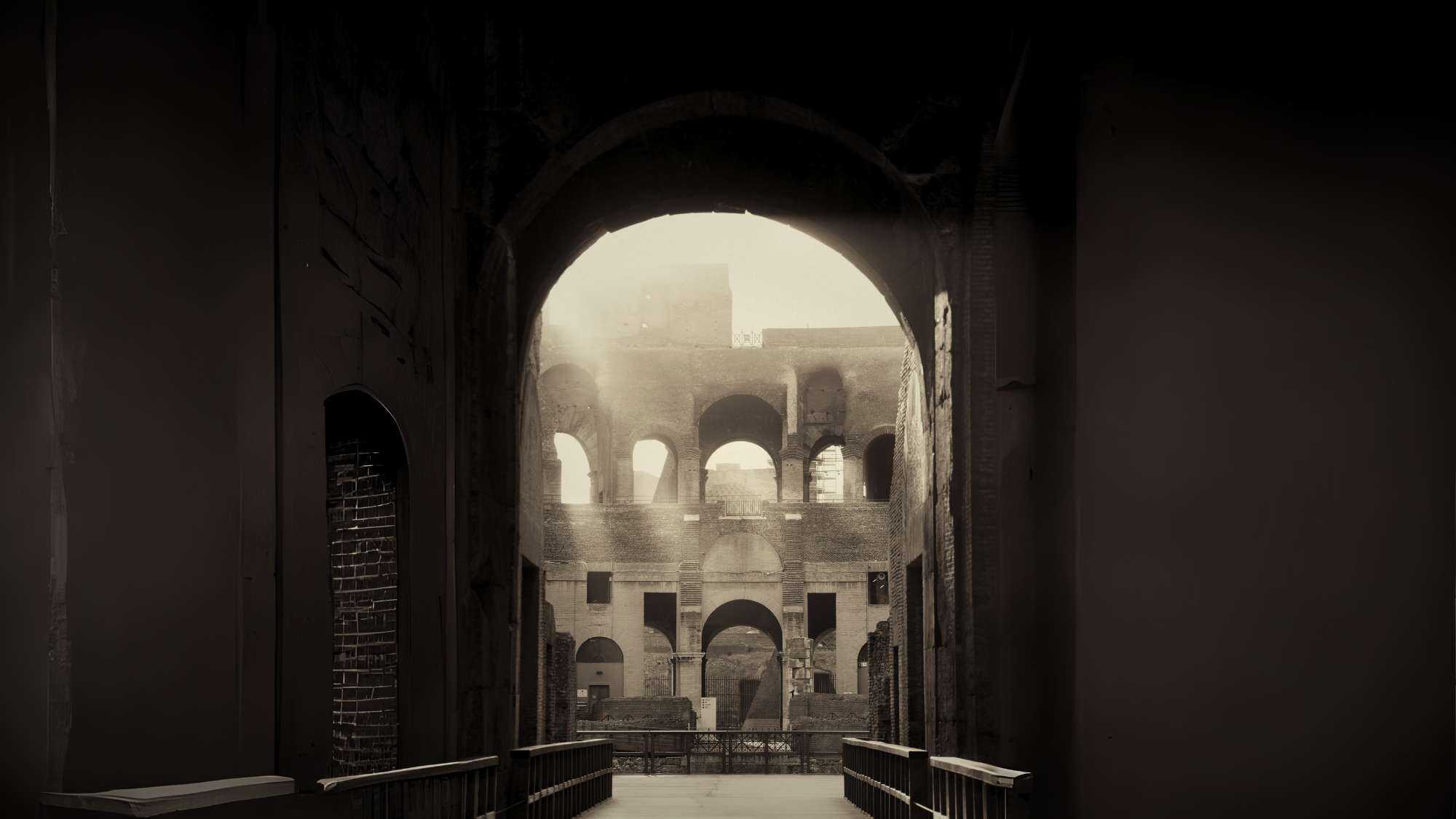
For centuries, the Colosseum’s towering arches and weathered stones have whispered tales of gladiatorial combat, wild beast hunts, and grand public spectacles that captivated tens of thousands of spectators.
Built to awe and entertain, this amphitheater was more than just an arena—it was a symbol of imperial power, a marvel of construction, and a stage where life and death unfolded for the entertainment of the masses. But beyond its grand façade lies a deeper story—of innovation, politics, and the lives forever shaped by the events that took place within its walls.
The Colosseum’s Grand Opening: A Hundred Days of Blood, Spectacle, and Imperial Glory
John Pearson, in his book, “Arena. The Story of the Colosseum” with his engaging narrative style, gives us details about the opening of the Colosseum, based on well researched historical facts but with a flair of drama and interpretations that lean toward the sensational:
In AD 80, the Colosseum opened with what was likely the longest and most gruesome public spectacle in history. According to Suetonius, Emperor Titus and a packed audience witnessed an unrelenting display of mass slaughter—both of men and animals—over the course of a hundred days. Far from being condemned, these violent displays were seen as a magnificent tribute to the Roman state, attended by senators, priests, vestal virgins, and even sacred representations of the gods.
Titus personally financed the extravagant games, just as he and his father, Emperor Vespasian, had funded the construction of the amphitheater. Such grand gestures were a privilege of power, ensuring that the new arena would be remembered as the emperor’s gift to the Roman people, securing his legacy for eternity.
However, despite this ambition, the official name, the Flavian Amphitheater, faded over time. Instead, the structure took on a simpler, more enduring name derived from an unexpected source—Nero. Near the Colosseum’s site once stood a colossal statue of Nero, which Vespasian repurposed by replacing its head with that of Apollo. It was this colossus, built under Nero but reimagined under the Flavians, that ultimately gave the amphitheater its lasting name: the Colosseum.
The grand opening was a spectacle of unmatched scale. For six years, Romans had watched skilled laborers drain the artificial lake of Nero’s Golden House, lay the massive foundations, and raise the towering walls. The project, initiated under Vespasian, was part of his broader effort to rebuild Rome after the devastation caused by the Great Fire.
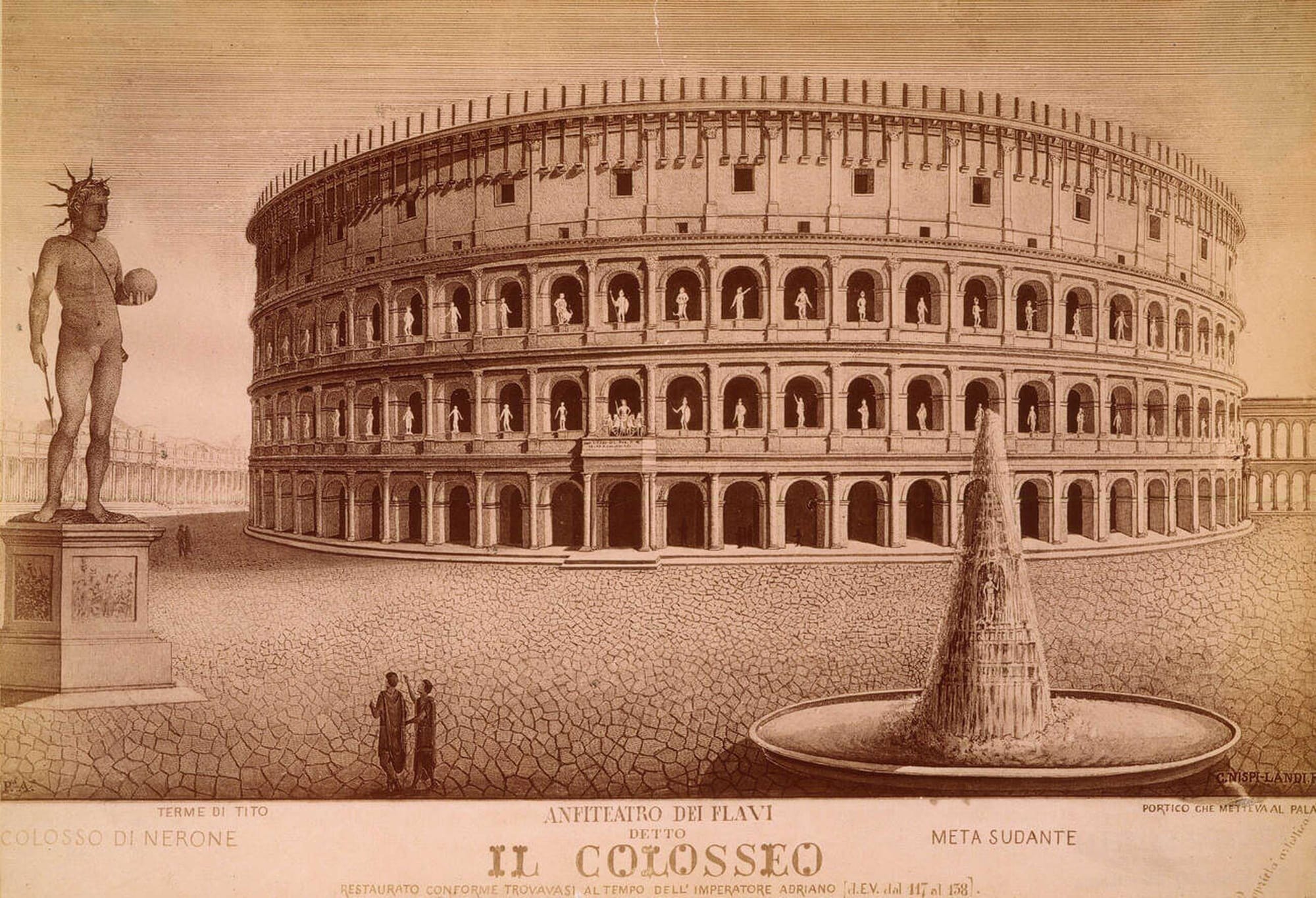
The Colosseum was not merely an entertainment venue; it was a bold statement of imperial power, order, and grandeur, symbolizing the new regime’s strength. In one of his final acts before his death in AD 79, Vespasian proudly dedicated the structure.
Titus, who succeeded him, took charge of completing the amphitheater and spared no expense in its inaugural festivities. Although the fourth and final tier was not yet built—it would be added by his successor, Domitian—the Colosseum already radiated an air of ostentatious luxury.
Imperial Rome reveled in extravagance, and the amphitheater reflected this excess. Its exterior was covered in plaster, masking the stonework, while statues of the gods adorned its niches. Inside, the stairways gleamed with gold and purple-painted ceilings, and the walls were faced with marble.
In the weeks leading up to the grand opening, Rome was abuzz with anticipation. The day had been declared a public holiday, and the event was promoted through posters and inscriptions announcing the featured combatants and the emperor’s generosity.
Official programs were even available for purchase. Foreign dignitaries from across the empire poured into the city, reinforcing Rome’s status as the world’s capital. The poet Martial, in verses honoring Titus, marveled at the diverse crowd: people from Rhodes, Anatolia, the upper Nile, Arabia, and beyond, all gathered to pay homage to Caesar.
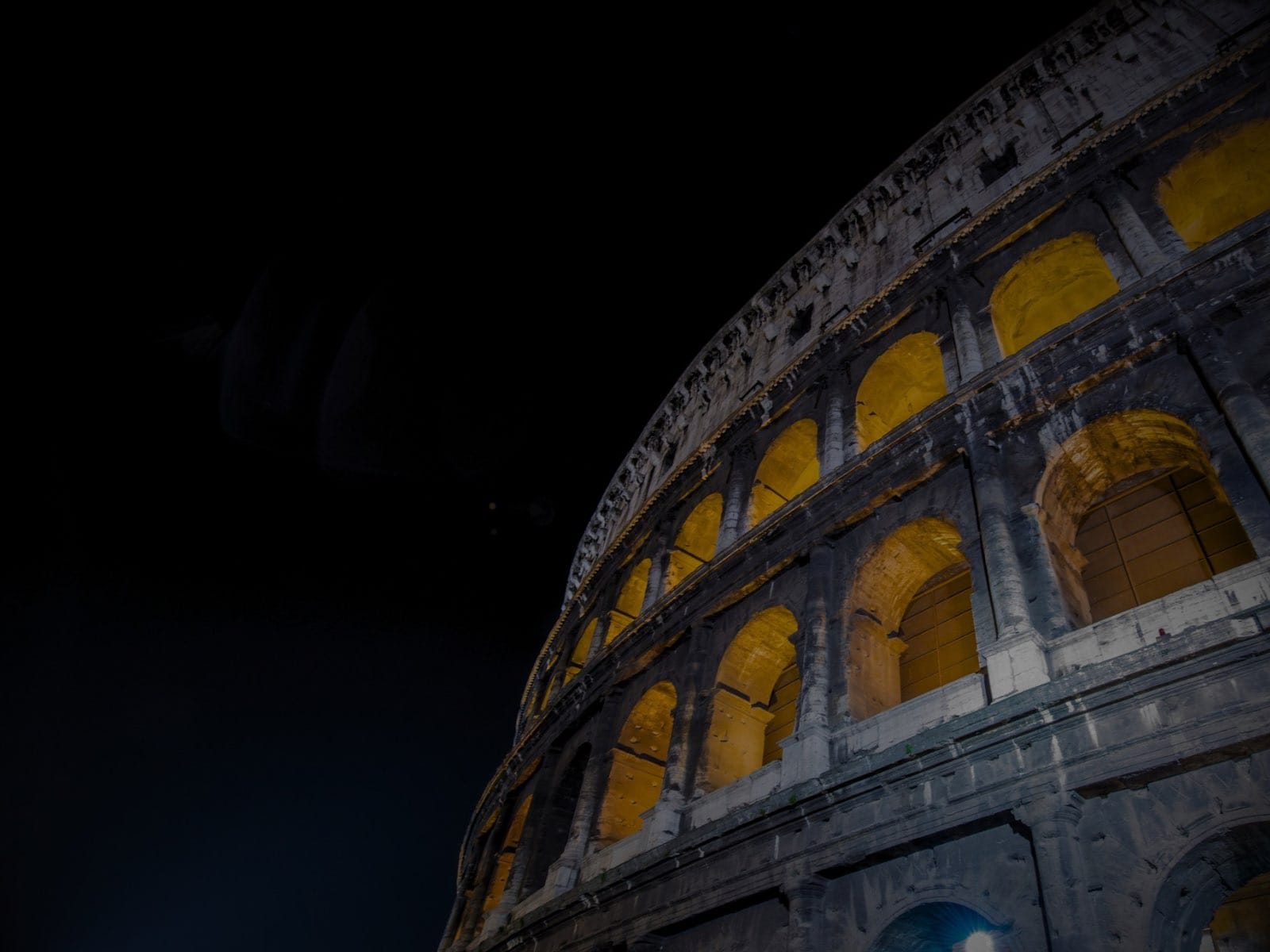
The opening ceremony unfolded with imperial grandeur.
Colosseum at night. Credits: Elnur, by Canva
As Titus made his entrance, the Via Sacra roared with the cheers of the gathered masses. Roman processions had long been used to unite the city in celebration, and this spectacle was no different. Led by lictors bearing fasces, followed by noble youths chosen to represent Rome’s finest, the parade displayed the full spectrum of Roman society—from knights and athletes to gladiators marching in formation.
The final segment featured exotic animals, circus performers, and sacred figures, culminating in the emperor’s triumphant arrival. As Titus ascended to his seat in the amphitheater, the crowd erupted in a thunderous ovation, the sound reverberating through the colossal structure.
The festivities began with an overwhelming display of bloodshed. In a scene of unparalleled carnage, thousands of wild animals—including lions, bears, leopards, elephants, and antelope—were set loose into the arena and slaughtered by trained bestiarii, hunters skilled in combat against ferocious beasts.
The audience relished the spectacle, favoring mass executions over single combat, as entire groups of hunters and animals were pitted against each other in elaborate hunting tableaux. According to Suetonius, 5,000 animals perished in a single day.
Once the blood-soaked sand was raked clean and fresh layers were spread, the gladiators entered. On this first day, only the finest fighters, meticulously trained in the gladiator schools, took to the arena. They paraded beneath the emperor’s podium, clad in dazzling armor and plumes, while the crowd roared in excitement.
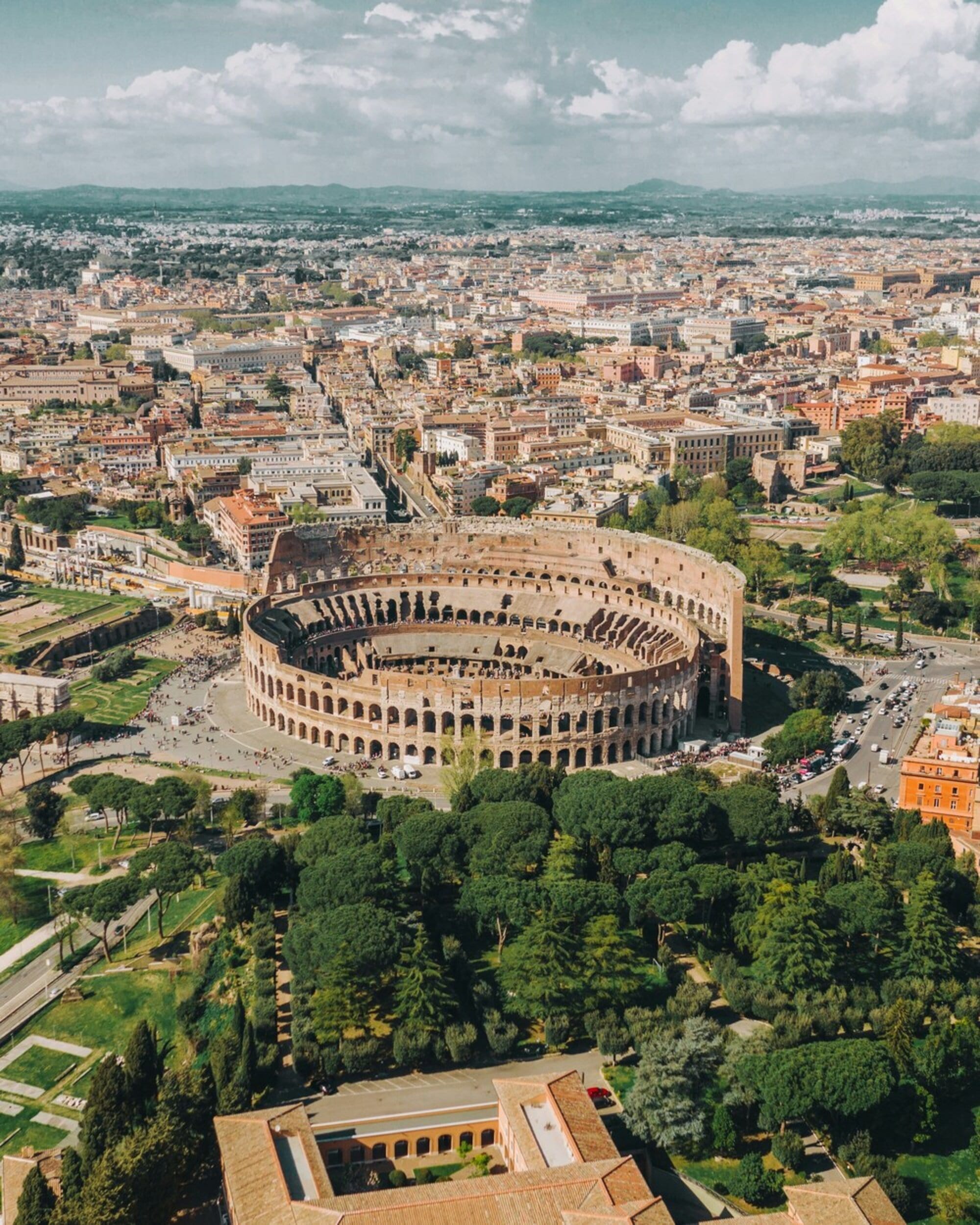
The gladiators represented distinct fighting styles, each with its own supporters. The hoplomachi, heavily armored warriors, relied on brute strength, while the Thracians, agile and lightly equipped, used speed and cunning. The retiarii, armed with nets and tridents, fought to entangle and stab their opponents. The emperor himself had his favorites—Titus favored the Thracians, while Domitian later became a devoted supporter of the hoplomachi.
Before combat commenced, the gladiators saluted the emperor. Titus, as the host of the games, then performed the probatio armorum, personally testing the sharpness of the fighters' weapons. The matches that followed were brutal yet carefully choreographed. Gladiators battled in groups, reenacting famous battles and skirmishes.
The excitement reached its peak when a fighter was wounded, prompting the audience to decide his fate. If the crowd showed mercy, the emperor would spare the fallen warrior. If not, the defeated man met his end at the hands of his opponent. Even in death, rituals were followed—Etruscan-clad attendants ensured the vanquished were truly dead, while slaves dressed as Mercury dragged the bodies away.
Yet, the opening day was merely the beginning. The following days saw naval battles, held first in the flooded Colosseum and later in Augustus’ artificial lake. Full-sized warships clashed in staged conflicts, with slaves and prisoners forced to fight to the death. Titus orchestrated mock sieges, cavalry assaults on miniature towns, and elaborate performances featuring acrobats, dancers, and wild animal tamers.
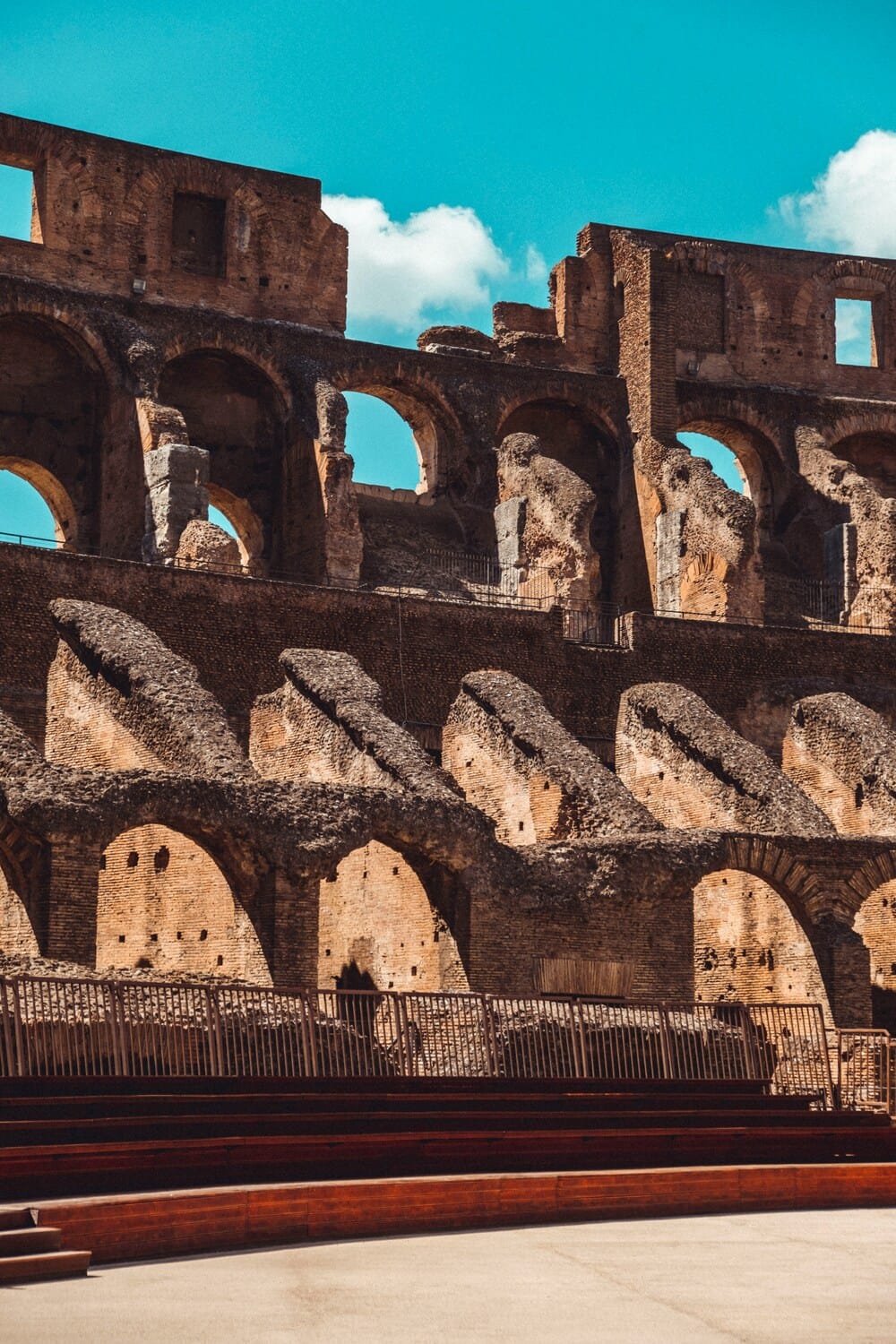
The sheer scale of the spectacle was unprecedented. The Colosseum was not merely an arena; it was the ultimate expression of Roman power and excess.
The ruins of the Colosseum today. Credits: Unsplash
Lavish giveaways kept the crowd entertained—wooden balls inscribed with prizes such as gold coins, livestock, and even houses were tossed into the stands. Titus' generosity was boundless, ensuring that the people’s adoration matched the blood-soaked grandeur of the event.
A Monument of Might
The Colosseum we see today represents only a third of its original structure, with the remaining portions lost over centuries. Despite its massive scale, the ancient Romans completed its construction in just eight years (72–80 AD), using thousands of slaves captured by Vespasian and Titus during their campaigns in Palestine.
Standing at an impressive height of 50 meters (164 ft), the Colosseum’s foundations extend 12 meters (39 ft) deep. The outer ring originally featured 80 arches across three levels, with 76 serving as public entrances. Specific entrances were reserved for key figures:
- The emperor had his own exclusive entry
- Senators entered through a separate gate
- Gladiators had two distinct gates:
- Porta Triumphalis (Triumphal Gate): The entrance for those stepping into the arena alive
- Porta Libitinaria: The ominous exit for those who perished in combat
The structure contained a total of 240 arches, likely adorned with statues on the first and second levels. To build this monumental arena, the Romans transported and assembled 100,000 tonnes (220,462,280 lb) of travertine (Travertine is a sedimentary rock formed by the chemical precipitation of calcium carbonate minerals from fresh water, typically in springs, rivers, and lakes; that is, from surface and ground waters) and used 300 tonnes (661,386 lb) of iron clamps to secure the blocks.
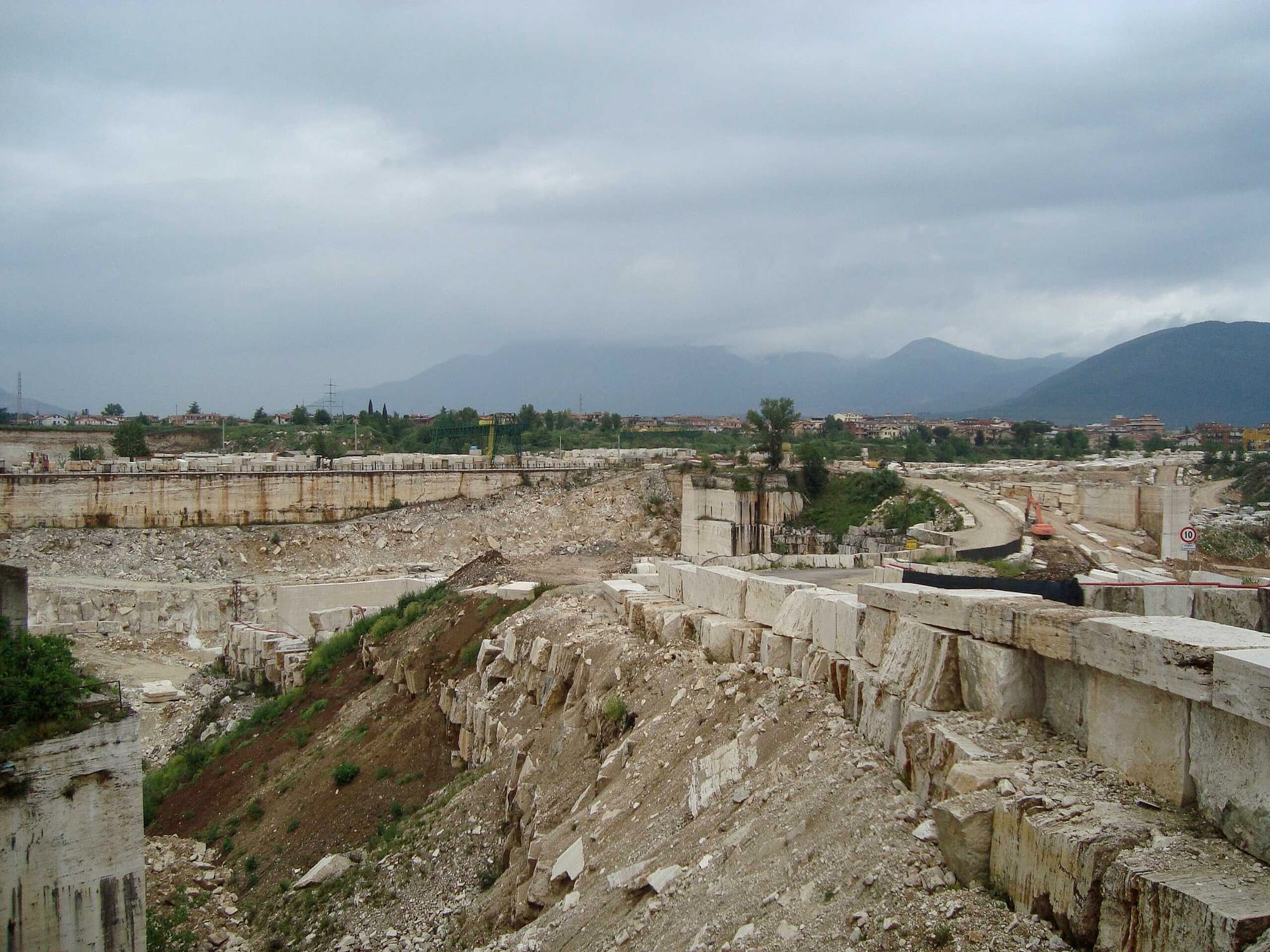
A special road was even constructed to transport the travertine from the Tivoli quarries, which remains active to this day.
The travertine quarries of Tivoli along the via Tiburtina at Villalba. Credits: LPLT, CC BY-SA 1.0
The arena itself was elliptical, with axes measuring 188 and 156 meters (616 and 511 ft, respectively), forming a 527-meter (1,729 ft) perimeter. Its 80 by 55-meter (262 by 180 ft) floor covered an area exceeding 3,600 square meters (38,750 square ft). A 4-meter (13 ft) high wall separated the combat zone from the first row of seating.
Inside, the Colosseum was designed with practicality and comfort in mind. It housed approximately 100 fountains for public use and featured an advanced awning system known as the velarium, similar to modern retractable stadium roofs. 240 posts supported this massive shade structure, allowing Romans to adjust coverage based on the weather.
The five tiers of seating were built at a 37.5-degree incline, ensuring a clear view from any seat. With a capacity of 55,000–60,000 spectators, the Colosseum was comparable in scale to a modern soccer stadium.
The Romans also prioritized efficient evacuation routes. The vomitoria (exit passages) were so well-designed that the entire amphitheater could be emptied in just 8 to 10 minutes, an impressive feat even by today’s standards.
The amphitheatre remained in use until 523 AD, with its most extravagant events taking place in its early years. To add to what we mentioned above, Emperor Titus’ inauguration celebrations in 80 AD lasted 100 consecutive days, during which 9,000 animals were slaughtered. Trajan, after his Dacian campaigns (modern Romania), later outdid Titus, hosting 120 days of games that saw the deaths of 11,000 animals.
Today, the Colosseum remains one of the world’s most visited landmarks, drawing over 5.6 million tourists annually, a proof to its enduring legacy as the ultimate stage for "Panis et Spectacula."
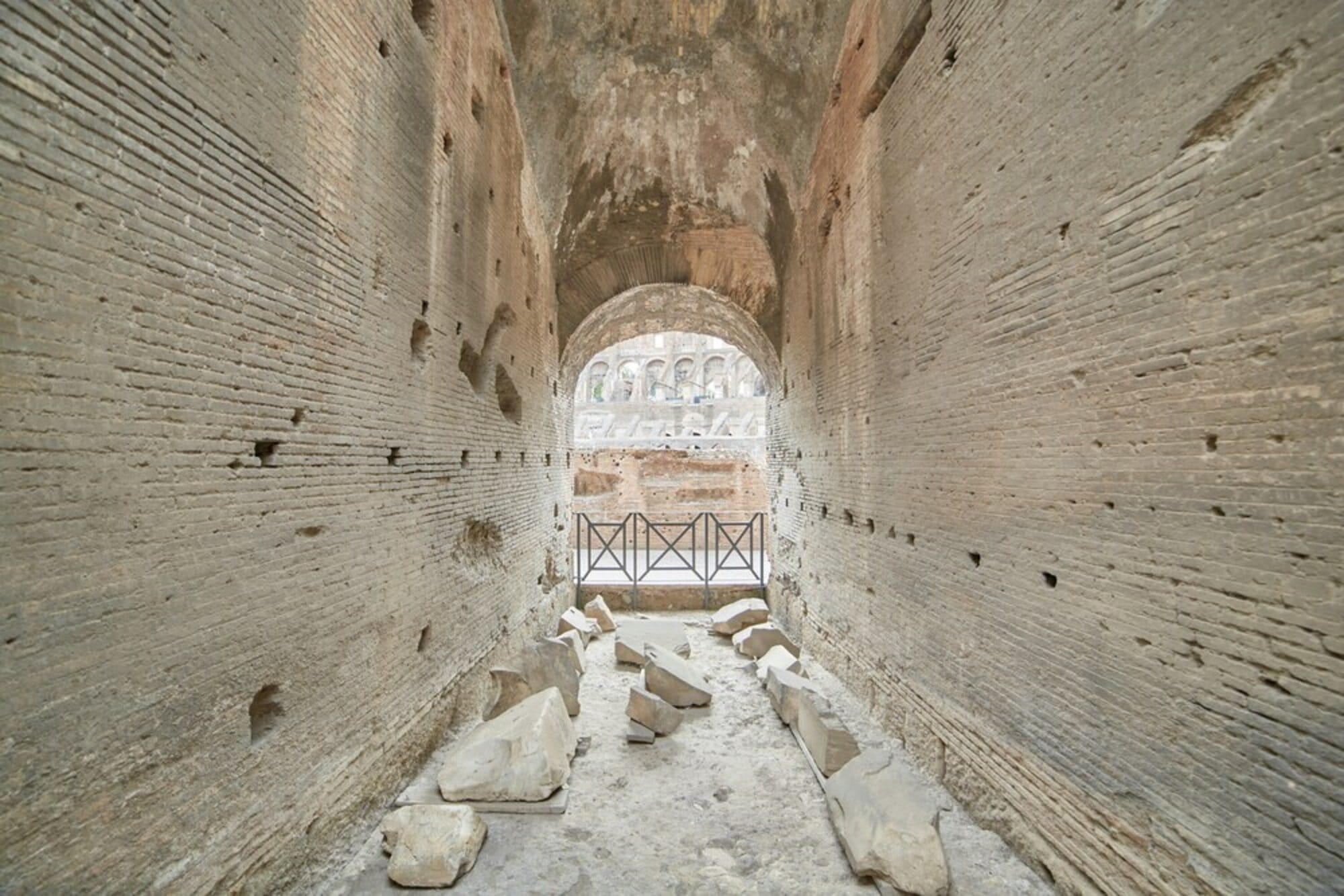
Spectacle and Society: Seating, Rituals, and the Roaring Crowd of the Colosseum
The games at the Colosseum were more than just entertainment; they were a social and political event that brought together people from all layers of Roman society. Ordinary citizens could see their leaders—senators and even the emperor—who, in turn, had the chance to interact with the public, receiving cheers, applause, and gratitude for sponsoring the games.
Seating in the Colosseum was free but strictly divided by social class. However, in early Rome, senators and common citizens shared seats without strict separation. It was only toward the end of the first century BC, as social divisions became more pronounced, that Augustus issued the Lex Iulia Theatralis (between 17 and 20 BC) to regulate seating arrangements.
The law was prompted by an incident in Pozzuoli, where a large crowd gathered for a show, yet no one offered a seat to an important senator, an act seen as disrespectful. Augustus responded by ensuring that senators received the best seats, while other groups were assigned their own sections. From then on, women were no longer allowed to sit with men. These rules applied throughout the empire.
The games were reserved for Roman citizens, and tickets were not available for purchase. Instead, seating was allocated to various institutions, including magistrates, religious groups, guilds, corporations, and unions, all of which held a specific role in Roman society. Those who did not belong to such groups needed an invitation from a higher-ranking individual.
This system remained in place for centuries, and by the fourth century AD, seating arrangements became more formalized, with specific sections assigned to groups like senators. Archaeologists have found marble seat fragments inscribed with the names of families and senators, suggesting that prominent families sat together, reinforcing their status and influence in public view. If a seat changed ownership, the previous inscription was erased and replaced.
The design of the Colosseum ensured that senators and common citizens never mixed. Their seating sections were physically separated, unlike other social classes, which could interact more freely. Spectators were also expected to dress appropriately—only Roman citizens could wear the toga, the ultimate symbol of their status.
Alcohol was prohibited, and Emperor Commodus was criticized for breaking this rule by drinking while watching the games. Many spectators brought cushions from home for comfort, as their seats—made of stone, wood, or brick—were hard and uncomfortable. Senators and equestrians (knights, who held a social status close to senators) sat on movable seats, while the rest of the audience sat on fixed benches.

Space was limited, and seating was cramped, as the average Roman was shorter and slimmer than people today. Sitting in the front rows was not always a privilege. On hot days, the velarium (the Colosseum’s retractable awning) could not provide shade to all areas, often leaving the most prestigious seats exposed to the sun. However, Vestal Virgins, the priestesses of Vesta, had reserved seats in the front row, alongside senators and high-ranking officials.
The Roaring Crowds of the Colosseum
The quality of performances at the Colosseum was exceptionally high, as Roman audiences were demanding and eager for novelty. Since the emperor often attended and financed the games, every spectacle had to be grand and spectacular. The atmosphere inside the Colosseum was loud and intense.
It remains unclear whether Romans clapped like modern audiences, but some historians believe they waved handkerchiefs to show approval. What is certain is that spectators screamed, gestured wildly, and lacked any notion of fair play.
Much like modern sports fans, Romans had fierce allegiances to different types of gladiators, cheering for their favorites based on fighting style and armor. These passions occasionally led to violence, similar to modern soccer riots. While chariot races at the Circus Maximus were infamous for fan brawls, gladiatorial games also had their share of unrest.
A notable riot occurred in Pompeii in AD 59, when spectators from Pompeii and Nocera clashed due to long-standing local rivalries. The violence spilled outside the amphitheatre, resulting in many dead and wounded. As punishment, authorities banned games in Pompeii for 10 years, effectively "disqualifying" the amphitheatre from hosting events.
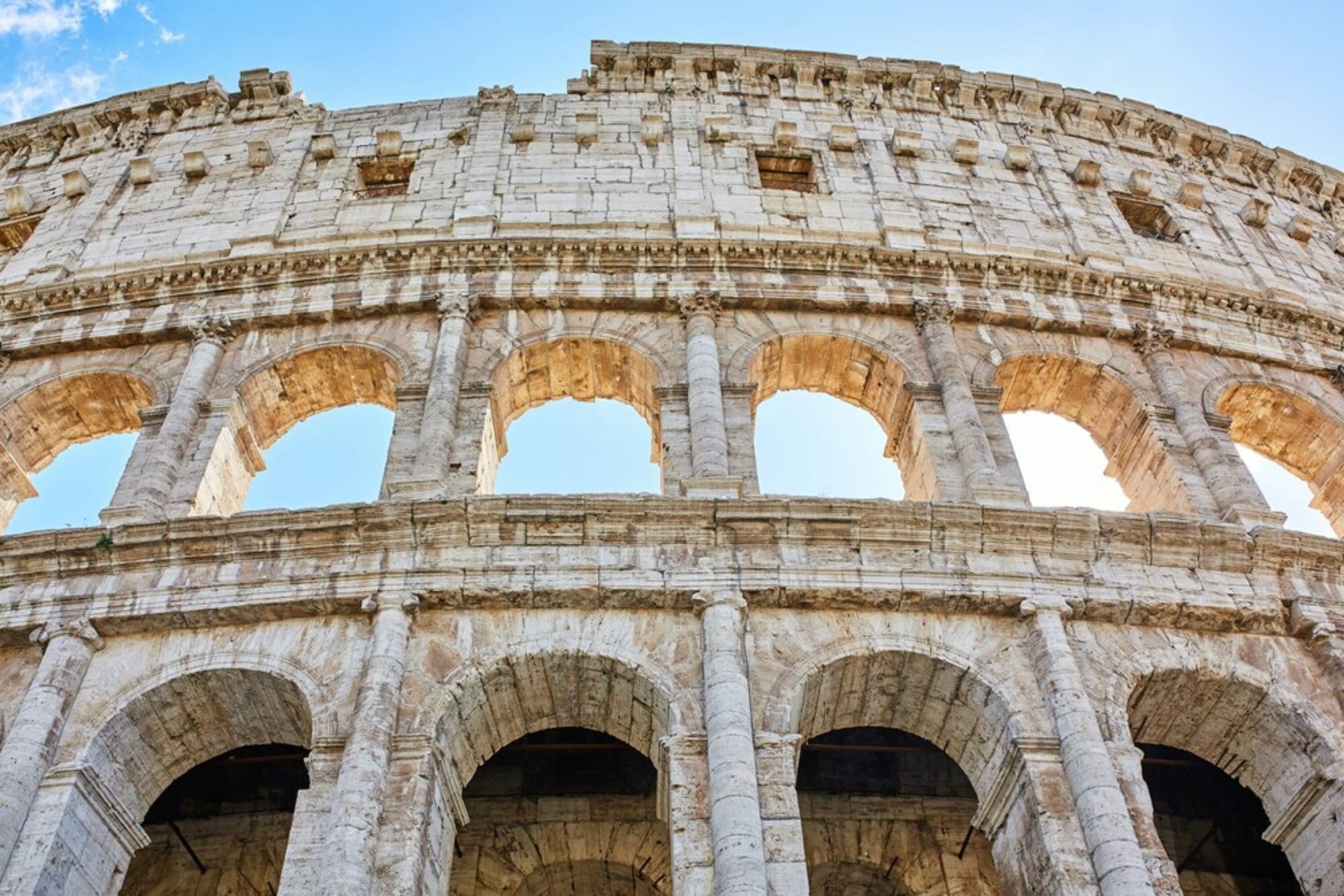
Beyond the Battles: Daily Life and Pastimes in the Colosseum
The games at the Colosseum followed a structured schedule of events that lasted for several hours. The morning program began with a grand introduction of the day's combatants, followed by animal fights, circus performances, and hunting games.
At midday, during the lunch break, the Colosseum became the stage for public executions. These gruesome spectacles served a dual purpose: they acted as a warning to the public about the severe consequences of breaking Roman law, and they kept the audience entertained while the arena was being prepared for the afternoon’s main event.
The afternoon was dedicated to the gladiatorial battles, the highlight of the games. Spectators often spent an entire day in the Colosseum, so there were breaks between performances to clear the arena, remove bodies, and reset the stage for the next show. But how did the audience pass the time during these pauses or during less exciting performances?
Thanks to archaeological discoveries, we have a clear idea of how Romans kept themselves entertained in the stands. One of their favorite pastimes was playing games. Romans enjoyed board games similar to modern backgammon, carving gaming tables and checkerboards (tabulae lusoriae) directly into the stone steps of the amphitheater. The playing pieces were made from various materials, including animal bones, clay pebbles, and glass paste.
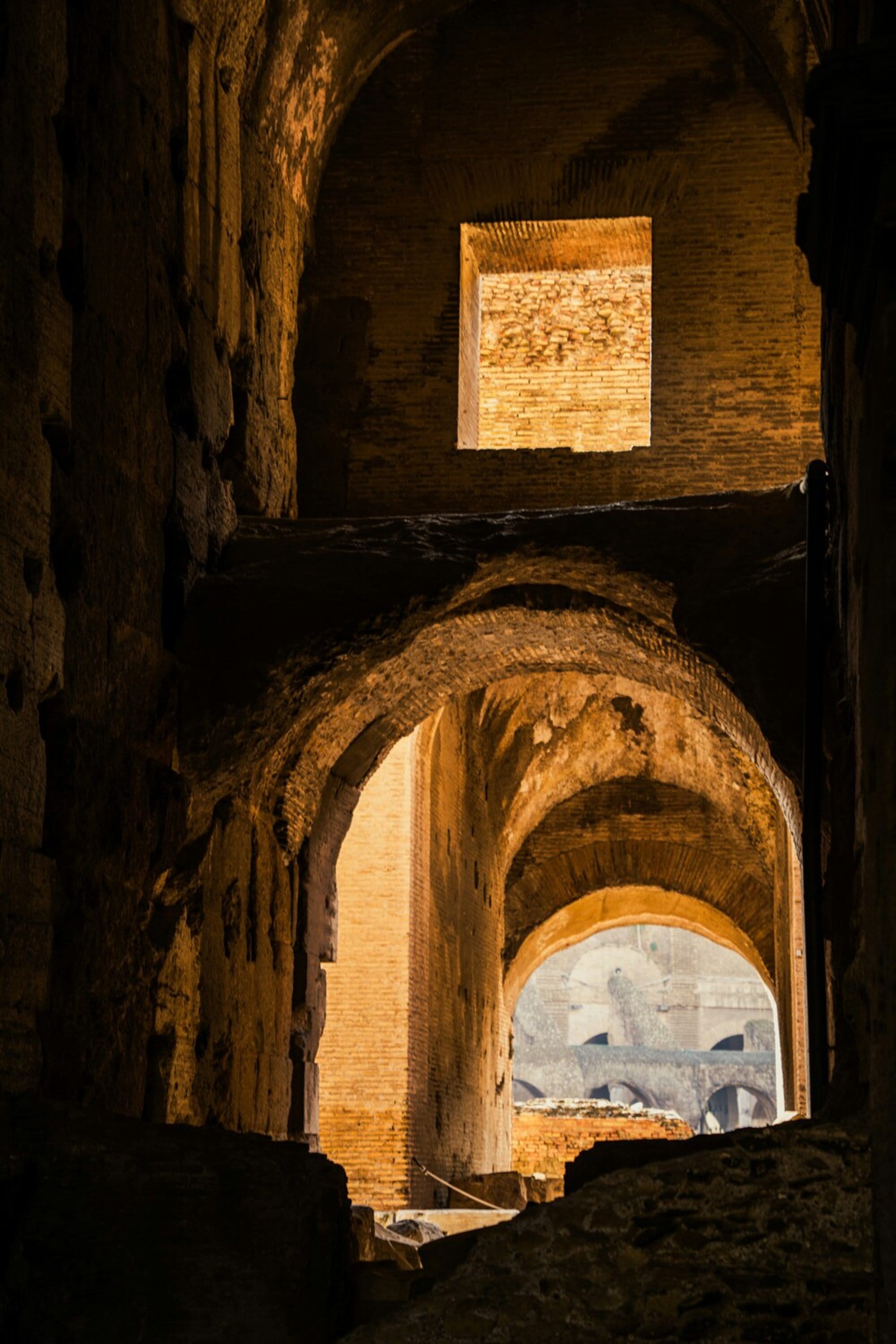
However, not all games were innocent—gambling was common despite being officially forbidden for most of the year. Dice games were particularly popular, though they were only legally allowed during the festival of Saturnalia (December 17–23).
Despite the ban on gambling for the rest of the year, spectators regularly placed bets in the Colosseum, knowing that police checks were impossible in the massive crowd. Con artists and tricksters took advantage of the chaos, scamming unsuspecting gamblers. Evidence of this has been found in Pompeii’s amphitheater, where archaeologists discovered loaded dice and depictions of quarrels sparked by disputes over betting.
The passion for games was shared by all Romans, from emperors to commoners, men and women alike. But gambling wasn't the only way to pass the time. Many spectators brought food from home and ate at their seats, while others grilled their meals on small barbecues inside the amphitheater. Women groomed themselves, giving each other manicures, adjusting their hairstyles with pins and slides, or sewing garments and blankets while waiting for the next spectacle.
Some audience members even carved drawings into the stone during breaks. Engravings of gladiators, animal hunts, and battle scenes have been uncovered during archaeological excavations, showing how spectators immortalized their favorite moments. What may have been a dull moment for a Roman viewer has now become a priceless glimpse into the everyday life of the Colosseum's audience centuries ago.
A Day at the Colosseum
For over four centuries, the schedule of events in the Colosseum remained unchanged. The games lasted for hours, offering spectators a variety of performances. The atmosphere at dawn on game days must have been haunting—the roars of lions, the trumpeting of elephants, and the howls of wolves and dogs filled the air, setting the stage for the violence to come.
The morning session featured animal fights and hunting games, known as venationes, where trained hunters or condemned criminals faced off against wild beasts. By midday, as spectators took their lunch break, the Colosseum became the site of public executions for serious criminals, serving as both punishment and entertainment. These grim spectacles were sometimes interspersed with comedy acts or circus-style performances to keep the audience engaged.
In the afternoon, the most anticipated event took place: gladiatorial combat. Though many ancient sources mention the fights, there are few detailed descriptions of a typical day at the Colosseum. Writers praised the bravery of gladiators, recounted duels to the death, or condemned the brutality of the games, but comprehensive accounts are scarce.
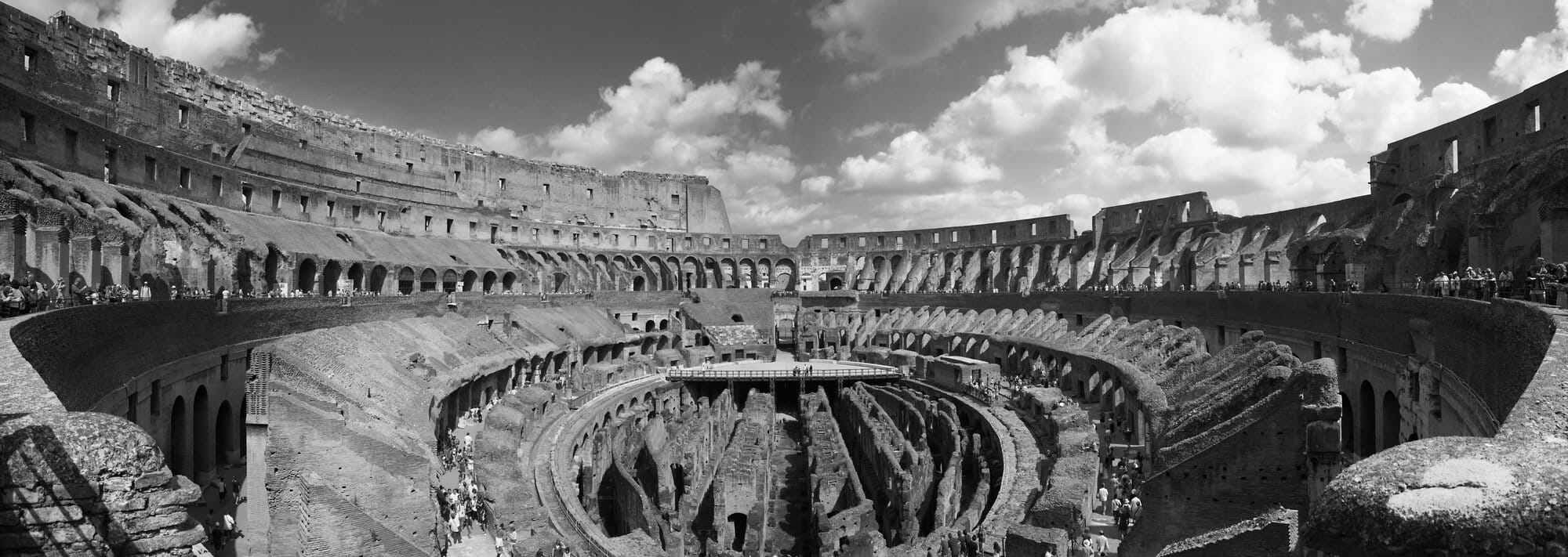
Where, then, does our understanding of the games come from? While literary sources are fragmented, art has preserved vivid glimpses of what transpired in the arena. Mosaics, reliefs, and frescoes provide a more detailed and emotional depiction than written texts. These artistic representations serve as snapshots of the spectacle, capturing:
- A gladiator’s final moments before death
- A wild beast pouncing on a helpless victim
- A referee stopping a fight when one combatant could no longer continue
These "frozen moments" reflect the intensity of the arena and the deep impression it left on Roman artists and spectators alike. Many of these works, especially mosaics, adorned the lavish homes of wealthy patrons, serving as both status symbols and reminders of their financial ties to the world of games. For Rome’s elite, the Colosseum was not just entertainment—it was a source of prestige, wealth, and power.
The 1349 earthquake resulted in significant damage to the Colosseum, causing the outer wall to crumble. The debris from this collapse was repurposed for the construction of Rome's hospitals, palaces, and various other buildings. Rome's practice of reusing materials from older edifices for new constructions affected the monument immensely. As it deteriorated, its marble exterior was commandeered for the construction of St. Peter's Basilica by papal decree, which today stands as another renowned attraction in Rome.
The Colosseum remained in use for over four centuries, but with the decline of the Roman Empire, it fell into neglect. Over the years, it was stripped of its valuable materials, ravaged by earthquakes, and repurposed as a fortress, quarry, and Christian shrine. Despite this, the Colosseum has endured.
Today, the Colosseum is a UNESCO World Heritage Site and one of the most popular tourist attractions in the world. It continues to be a powerful symbol of Rome, drawing millions of visitors who come to marvel at its grandeur and to reflect on the lives of those who fought and died within its walls.




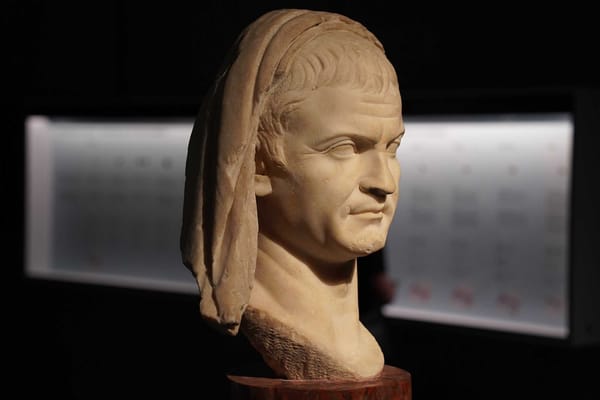
About the Roman Empire Times
See all the latest news for the Roman Empire, ancient Roman historical facts, anecdotes from Roman Times and stories from the Empire at romanempiretimes.com. Contact our newsroom to report an update or send your story, photos and videos. Follow RET on Google News, Flipboard and subscribe here to our daily email.
Follow the Roman Empire Times on social media: